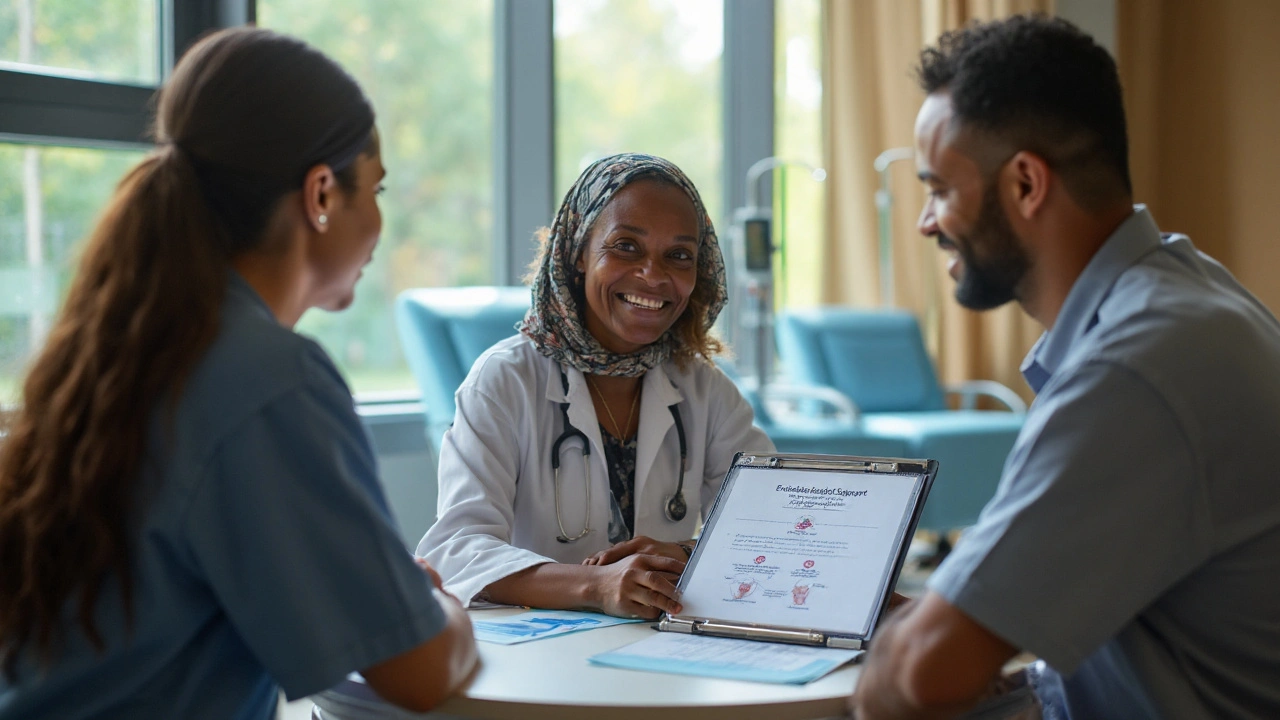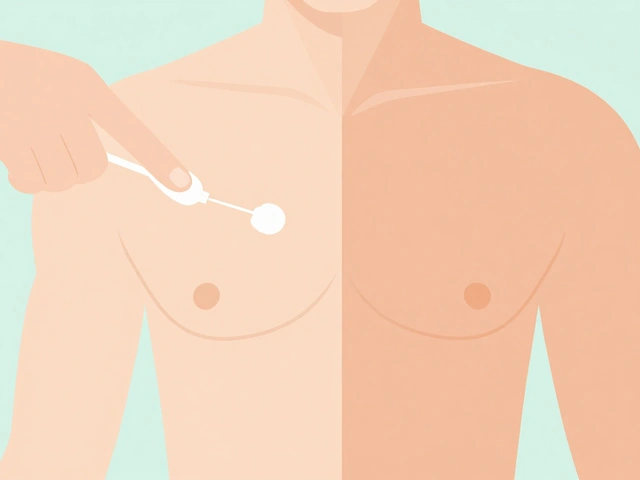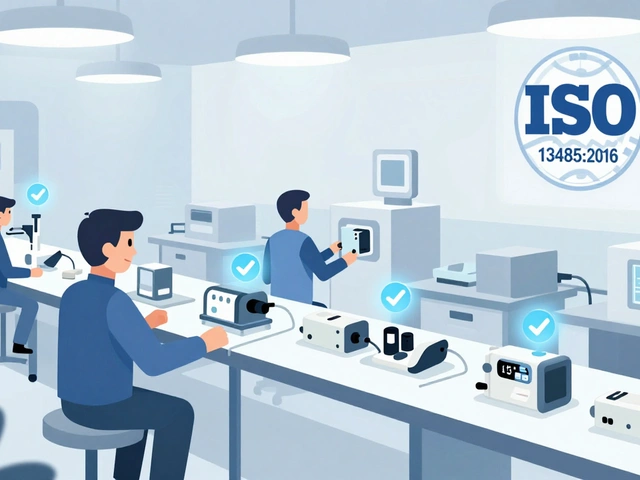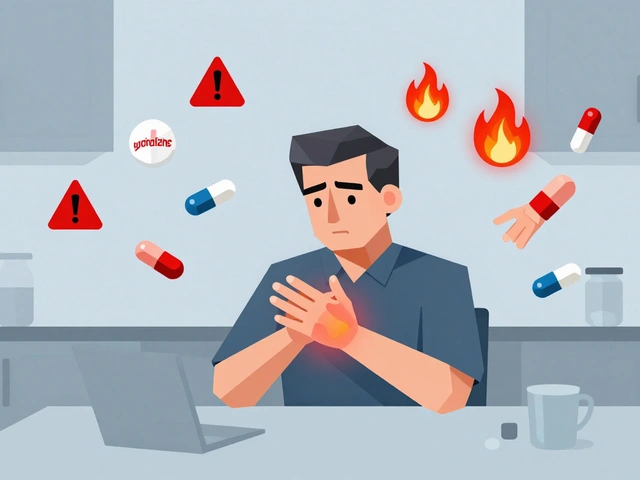Integrative Oncology – A Practical Guide
If you or a loved one are facing cancer, you’ve probably heard the term integrative oncology. It simply means adding proven natural methods to standard treatments like surgery, chemo, or radiation. The goal isn’t to replace doctors but to help your body cope better, reduce side effects, and improve quality of life.
Why do more people choose this route? Real‑world experience shows that nutrition tweaks, mind‑body exercises, and gentle therapies can boost energy, ease pain, and keep spirits up. When you feel stronger, you’re often able to stick with the main cancer plan longer and with fewer interruptions.
Key Complementary Therapies
Nutrition counseling: A diet rich in vegetables, lean protein, and healthy fats supplies the nutrients your cells need during treatment. Registered dietitians can tailor plans to manage nausea or weight loss.
Acupuncture: Small needles placed at specific points have been shown to cut chemotherapy‑induced nausea and lessen fatigue. Look for certified practitioners who work with oncology patients.
Mind‑body techniques: Practices like meditation, guided imagery, or yoga calm the nervous system. A 20‑minute daily session can lower stress hormones that otherwise hinder healing.
Herbal and supplement support: Some herbs—such as ginger for nausea or turmeric for inflammation—are useful when chosen carefully. Always check with your oncologist because a few supplements can interfere with chemo drugs.
How to Start Integrative Oncology Safely
First, bring up the idea at your next oncology appointment. A good doctor will ask about any complementary therapy you’re considering and tell you what’s safe. If they seem unsure, ask for a referral to an integrative medicine specialist.
Second, verify credentials. Look for professionals listed with organizations like the Society for Integrative Oncology or the American Board of Integrative Medicine. Those groups require training specific to cancer patients.
Third, start small. Add one change—maybe a weekly yoga class—and monitor how you feel. If it helps, you can layer in another approach later. Keeping a simple log of symptoms and any new therapies makes conversations with your medical team clearer.
Fourth, watch for interactions. Some herbs can boost or block chemotherapy drugs, so never self‑prescribe without professional guidance. A quick email to your pharmacist can save trouble down the road.
Finally, stay realistic about outcomes. Integrative methods aim to support you; they won’t cure cancer on their own. Expect improvements in side‑effect management, mood, and overall resilience rather than a miracle cure.
Putting it all together, think of integrative oncology as building a supportive team around your primary treatment. Nutritionists, acupuncturists, yoga teachers, and knowledgeable doctors each play a part. When the pieces fit, you often feel more in control, less anxious, and better equipped to face the tough days.
Ready to explore? Start by searching for “integrative oncology clinic” near your city or ask your oncologist for a trusted referral. Take one step at a time, keep communication open, and remember that every small improvement adds up to a stronger fight against cancer.






